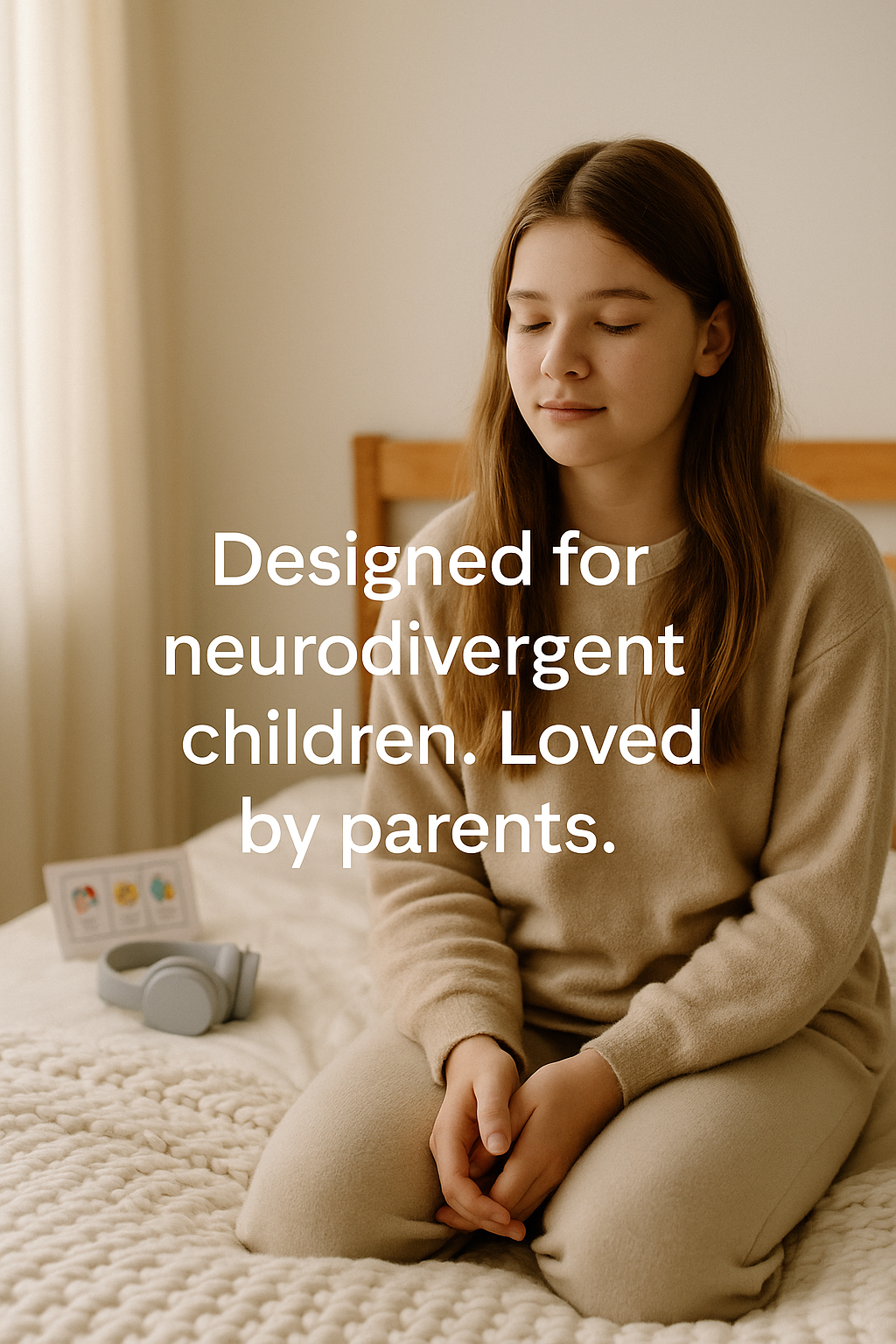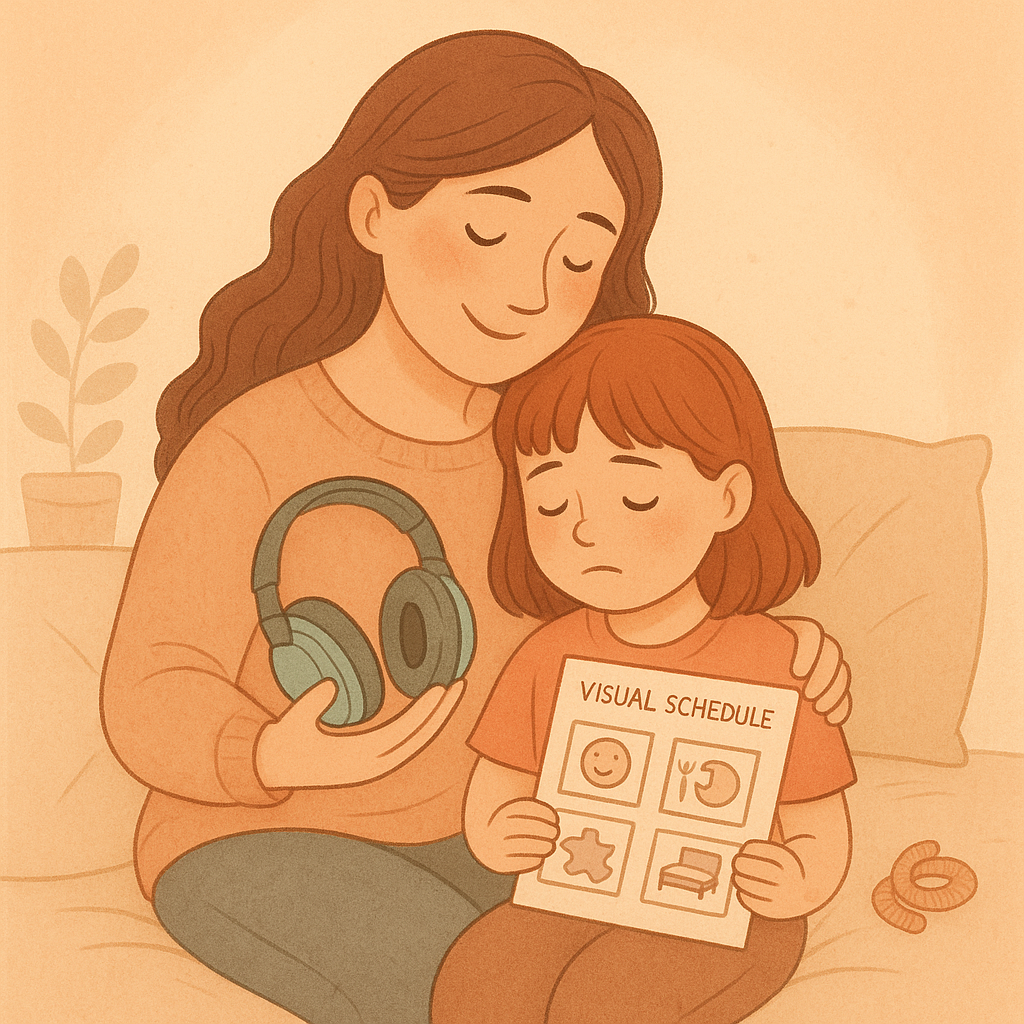Jamie Oliver's new Channel 4 "Dyslexia Revolution" is more than a TV show-it's a national conversation. For neurodivergent families, it's a rare moment when mainstream culture validates our experiences-and offers momentum for real change.
🔍 What is the Dyslexia Revolution?
On June 9th, Channel 4 aired Jamie's Dyslexia Revolution, featuring:
Jamie Oliver, newly diagnosed in January with dyslexia at age 50, sharing his personal journey-including painful anecdotes of ridicule and desperation through his lived experience.
Expert voices like UCL's Prof Jo Van Herwegen, discussing new universal screening tools and intervention databases being piloted in UK schools ucl.ac.uk.
A forceful critique of Essex County Council, for failing to recognise dyslexia as a special need-something Jamie labelled "disgusting" theguardian.com.
The show calls for:
Mandatory early screening in Year 1 phonics checks
Upskilling teachers in neurodiversity and SEN support
Funding for ongoing interventions, not just identification
🧩 Why it Matters for Autism & Sensory Processing
Although the focus is dyslexia, the implications stretch far wider. Autistic and SPD children share many systemic barriers:
Late identification means extra years of frustration, anxiety, and sensory overwhelm
Teachers often lack practical strategies for sensory meltdowns or processing difficulties
Stigmas across home, school, and health services hinder access to help
Jamie's campaign to fund early neurodiversity screening and teacher training is a win for families navigating sensory worlds.
✅ What Parents Can Do Now
Push for early screening
Ask your local primary school about the Year 1 phonics check and its use in spotting learning and sensory differences.
Promote sensory-informed training
Use the spotlight from Jamie's campaign to advocate for staff training that includes accommodations for oral sensory supports, not just literacy.
Share your story
Whether it's tired mornings, overwhelming textures, or refusing bedtime routines-telling your experiences builds the case for funding and empathy.
Link with professionals and researchers
Join parent advocacy networks and highlight resources like UCL's MetaSENse and Universal Screening tools, which are free and rooted in data.
🌟 Why Parents Should Care
These aren't distant reforms, they directly affect children learning at different speeds, kids with sensory aversions, and families who've struggled through bedtime battles.
When national figures like Jamie Oliver say:
"Once you recognise it… you have to deploy resources as a human right"
…it puts pressure on schools and councils to act. Whether your child processes differently through sound, texture, or routine, this programme helps shift the system in your favour.
📋 FAQ Section
Q: How is dyslexia connected to autism and sensory processing?
A: Many neurodivergent children, including those with autism, also experience dyslexia and sensory challenges. Understanding one can help parents better support the whole child.
Q: How can I support a child with both dyslexia and sensory needs?
A: Break tasks into smaller steps, use multi-sensory learning techniques, and create calm, distraction-free learning environments.
Q: Where can I find resources about dyslexia and autism?
A: The British Dyslexia Association and the National Autistic Society offer excellent resources and support.




Leave a comment
This site is protected by hCaptcha and the hCaptcha Privacy Policy and Terms of Service apply.